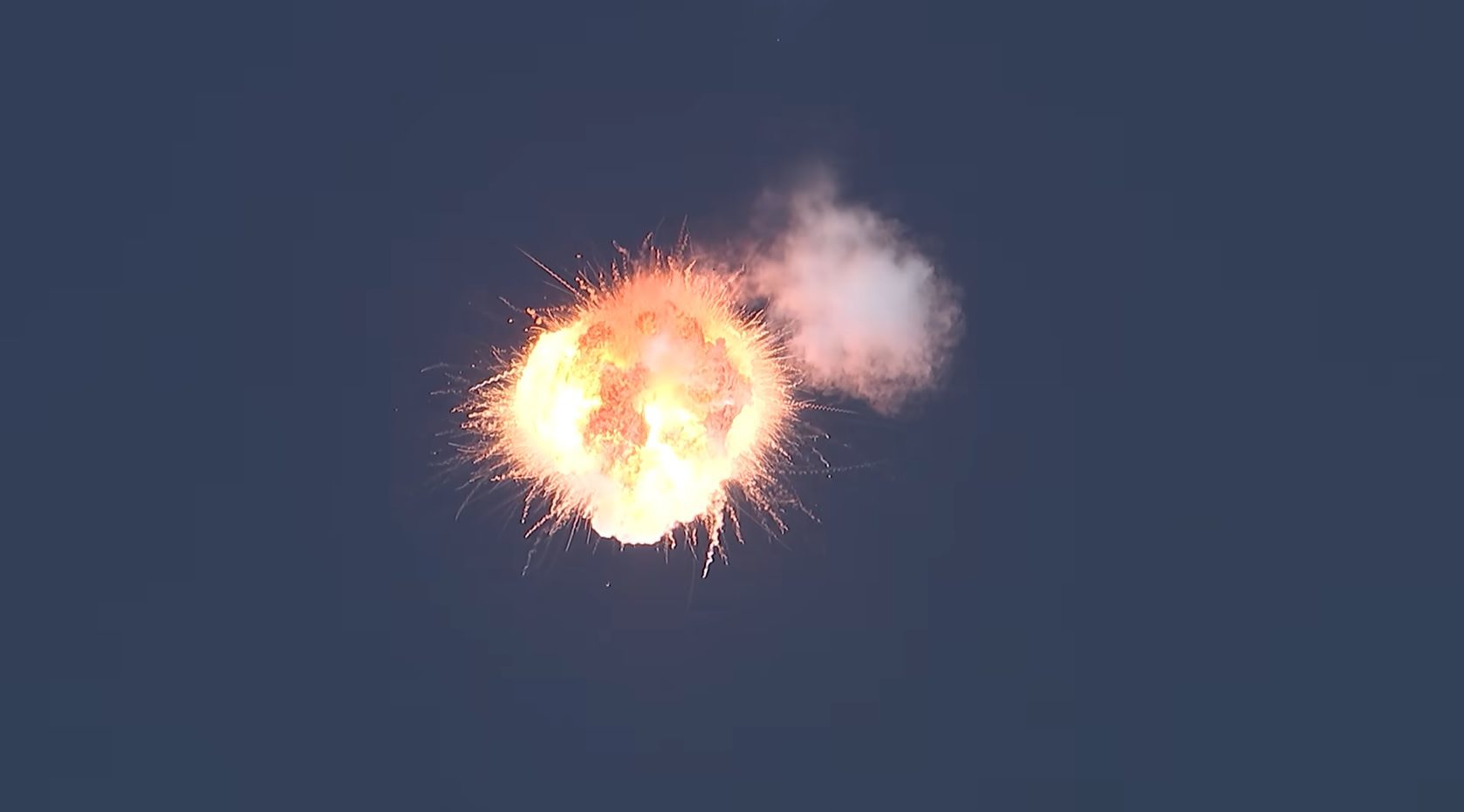Launching from California, the two-stage Alpha rocket from Firefly was attempting to complete its maiden flight when it was seen to tumble and explode.
After an earlier launch delay at the Vandenberg Space Force Base, the rocket lifted off successfully at 0159 GMT on 3 September. About 15 seconds into the flight one of the four first-stage Reaver engines shut down unexpectedly when a propellant valve closed due to the loss of an electrical signal. Despite this, the rocket managed to continue to climb, albeit slowly, for 145 seconds of the planned 165-second first-stage burn.
Unfortunately, as the vehicle hit the transition to supersonic velocity, the three-engine vector control was insufficient and the rocket tumbled out of control. At 0201 GMT, the explosive Flight Termination System (FTS) was triggered by the ground staff at Vandenberg, destroying the rocket and its satellite payloads.
These were 11 cubesats and pocketcubes: BSS-1 & Cresst Dream Comet both testing propulsion technologies, Fossasats 1B & 2 testing RF chip modulation, Genesis-L & Genesis-N amateur communications satellites, Hiapo solar science training satellite, NPS-Cenetix-Orbital 1 experimental communications satellite, Qubiks 1 & 2 technology test satellites and the Serenity student satellite.

The Firefly Alpha rocket exploding during its maiden launch. Courtesy of Firefly Aerospace via YouTube
In the run-up to the flight, Firefly emphasised that it considered this a “test launch”, and that its primary objective was to collect as much data as possible. To reinforce this stance it was decided that the mission would fly west from the launch site, as opposed to the more usual north or south. This would place its payloads into a retrograde low Earth orbit (LEO) of 300 km, inclined at 138 degrees, but would more easily avoid major population centres. Despite its test title the mission was carrying commercial payloads. Reports indicate that these amounted to roughly 90 kg – much less than its advertised 1000 kg to LEO.
Following the destruction of the rocket, a few reports began to emerge from the public and residents downrange that debris associated with the mission had been found.
David Todd contributed to this article.








